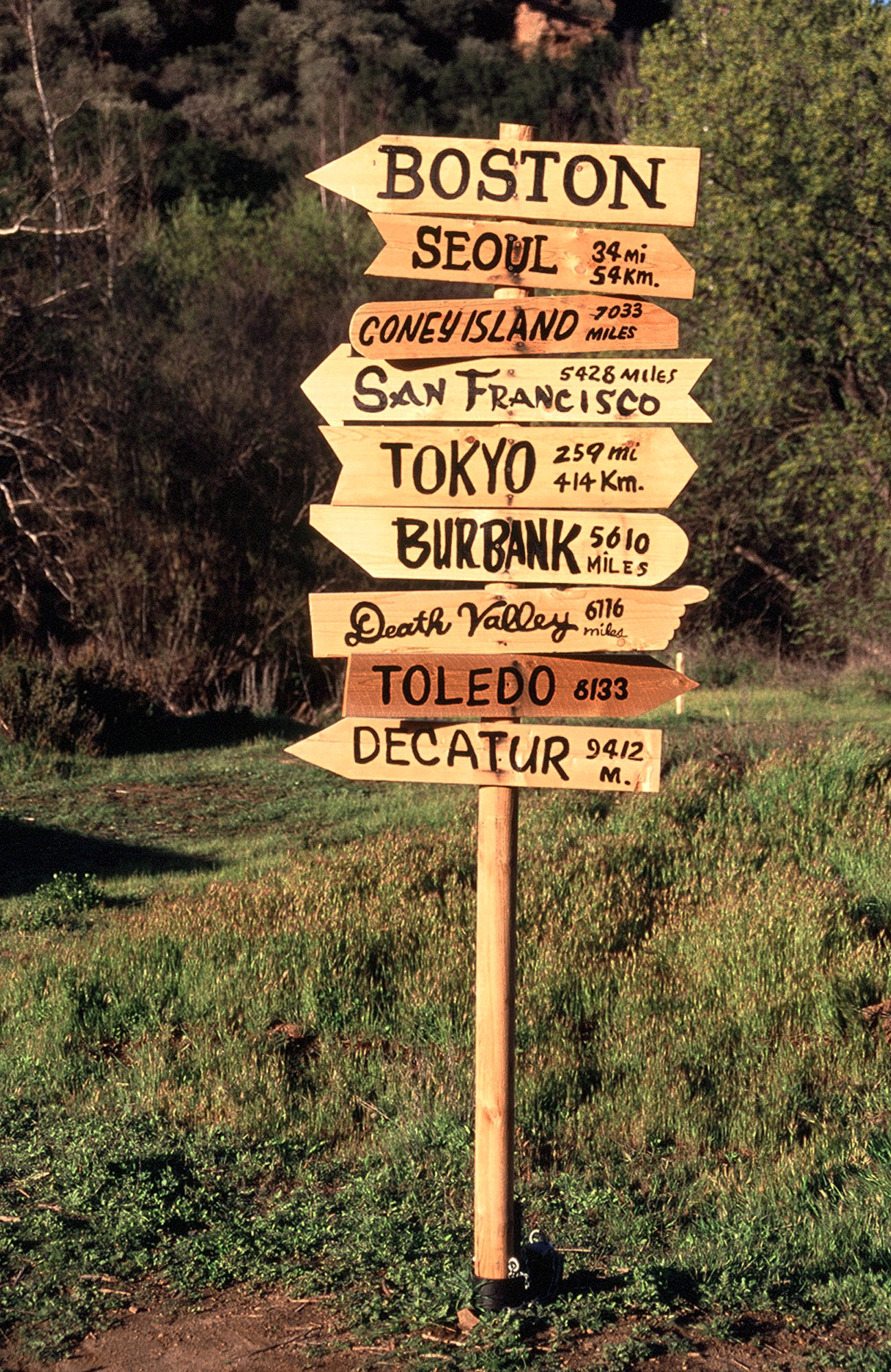Where do aliens, dinosaurs, apes, U.S. soldiers and Roman senators rub shoulders outside of a Westwood Halloween party? Look no further than California’s very own state parks.
This weekend, Paramount Pictures and 20th Century Fox Studios will host their second annual film series, “California State Parks Starring In Hollywood Films.” The two-day festival, co-presented by the UCLA Film and Television Archive and the USC School of Cinematic Arts, celebrates the use of California’s state parks as backdrops for film productions over the decades.
Featured films, all of which have scenes that were shot in California state parks, include “Star Wars: Episode VI – Return of the Jedi,” “Planet of the Apes,” “MASH” and a recently restored version of “Spartacus.” Several episodes of the TV series “M*A*S*H,” which was co-created and produced by UCLA alumnus Gene Reynolds, will also be shown.
“Star Wars: Episode VI” will be screened at 1:30 p.m. on Saturday at The Paramount Theater, followed by “MASH” at 4:30 p.m. “Planet of the Apes” and “Spartacus” will be shown on Sunday at 20th Century Fox Studios.
There will be post-screening panel discussions and Q&A sessions with a few of the featured films’ actors, including Lou Wagner (Lucius in “Planet of the Apes”), several members of the “M*A*S*H” cast and Gene Reynolds. Tickets are $6 for students and free for UCLA School of Theater, Film and Television students.
The festival, organized by the California State Parks Foundation, aims to highlight the long-standing relationship between the entertainment industry and California state parks. The film industry started using the parks as backdrops for motion pictures in 1910. Since then, thousands of films and TV shows, from the iconic to the avant-garde, have been filmed there, according to film series chair and CSPF board member Manny Grace. Grace cites the parks’ diversity as their main attraction for filmmakers.
“If you want something to look like a Sinai desert ““ you’ve got it. If you want tranquil beaches but don’t want to take the whole film crew to the Caribbean, you’ve got Pescadores State Beach,” Grace said.
California’s 278 state parks boast a number of dramatic coastlines, cliffs, deserts, forests, lakes, islands, lighthouses, mansions and even gold mines. From medieval woods to Martian landscapes and everything in between, the parks have played all sorts of roles.
It is this eternal malleability of the parks’ scenery that ensures their credibility as any backdrop they are chosen to recreate. Malibu Creek State Park was transformed into a simian dystopia for “Planet of the Apes” in 1960 before acting as a stand-in for war-torn Korea 10 years later for the TV series “M*A*S*H.”
“We spoke to a few Korean war veterans who couldn’t tell it hadn’t been filmed in Korea … (and who) said it brought them right back to their time there,” Grace said.
“Star Wars” fans may recognize the towering redwood forests of Grizzly Creek Redwoods and Jedediah Smith Redwoods parks as the backdrop for the speeder bike scene in “Episode VI – Return of the Jedi.” Hearst Castle in San Simeon made an appropriately luxurious villa for Laurence Olivier’s character Crassus in “Spartacus.”
Filming in the great outdoors is extremely different from shooting in a controlled studio environment, according to Tom Denove and Myrl Schreibman, both filmmakers who teach in the UCLA School of Theater, Film and Television. Denove, a directory of photography and cinematographer, and Schreibman, a director and producer, have both shot extensively in state parks.
“After filming on set for two weeks you feel like a mushroom,” Denove said. “There is more unpredictability (when filming outdoors). There’s something organic about being there; everything is elevated. But every location has its issues. The beach is extremely difficult. Moving equipment a hundred feet is extremely tiring. The ocean is loud; it creates unusable sound. Things slow down to a crawl.”
Schreibman and Denove used to teach a course at UCLA called “Creative Location in Film Production” for both undergraduates and graduate students.
“Locations always have problems. There are a lot of variables you’re faced with that you have no control over. There are so many different things that happen, which creatively and logistically you have to plan for,” Schreibman said.
Nevertheless, even with the technical difficulties of location filming, it seems unlikely that outdoor shooting will die out, especially in California where the symbiotic relationship between the film industry and state parks is so strong.
Grace said that he hopes that this weekend’s event will generate interest in California state parks and remind the audience of the need to protect them.
“When you live in Southern California, there are not a lot of green spaces,” Grace said. “These icons, these crown jewels, have to be preserved and protected for people. (We will) show how important it is to maintain them, and hopefully it will entice people to come here.”
